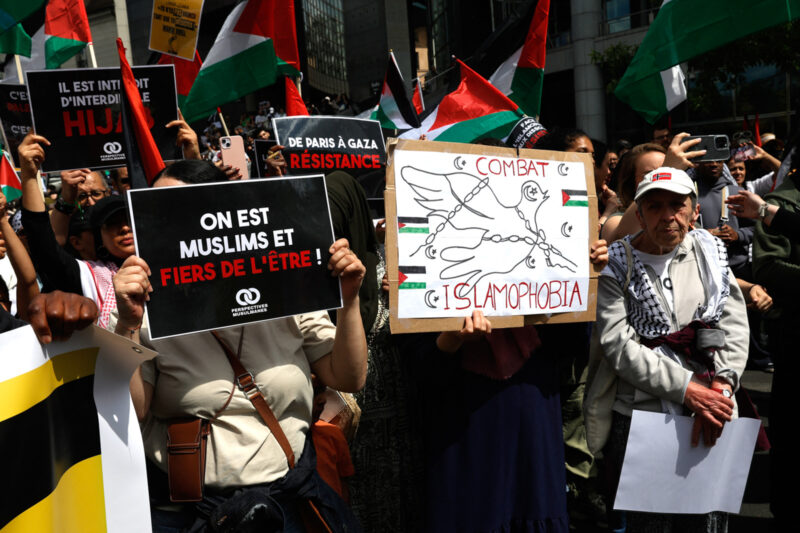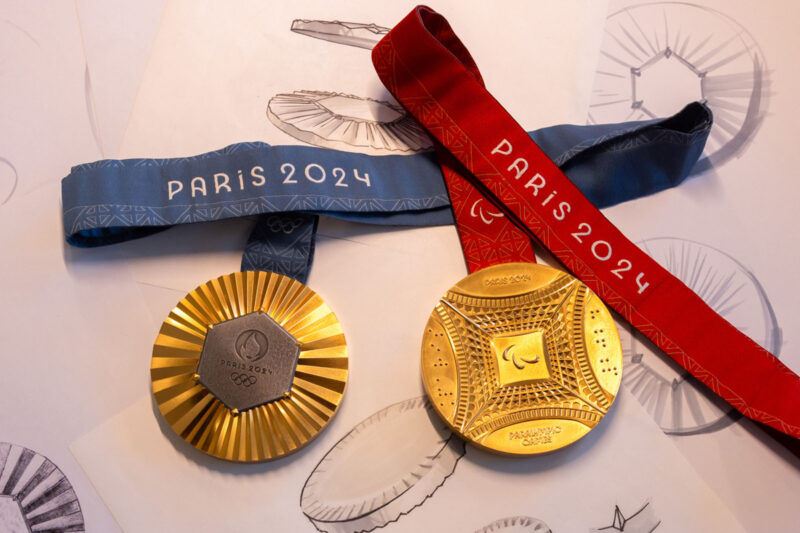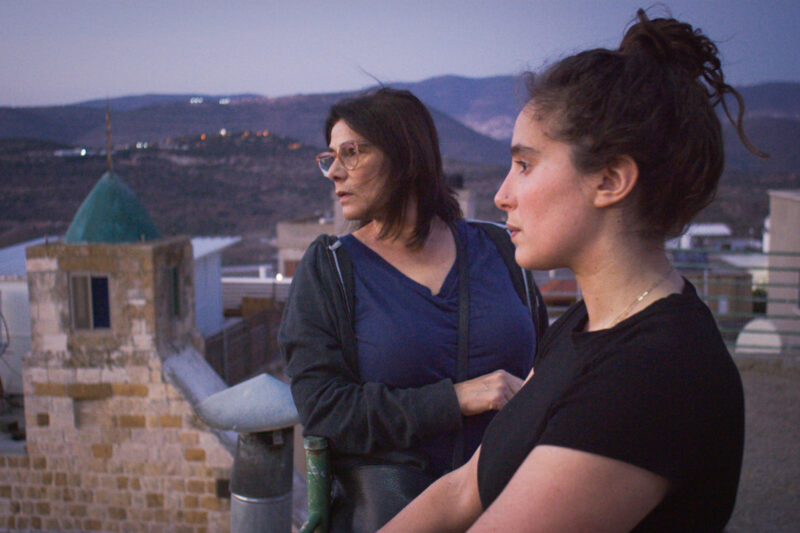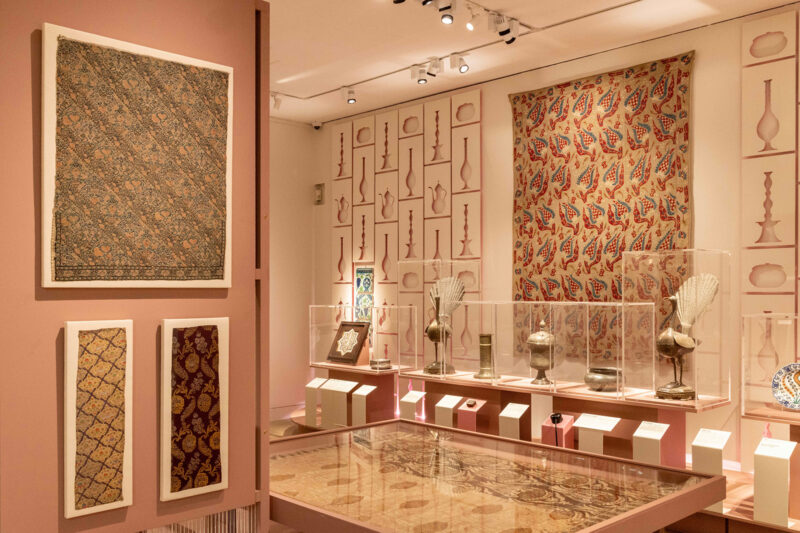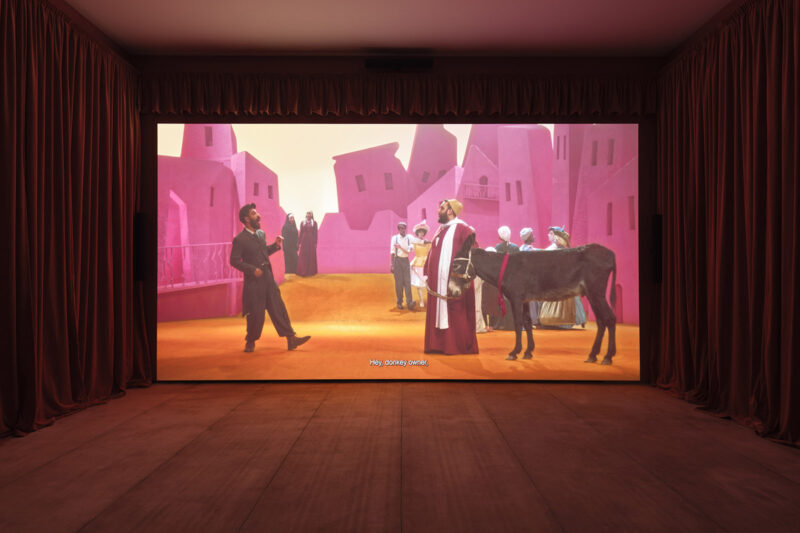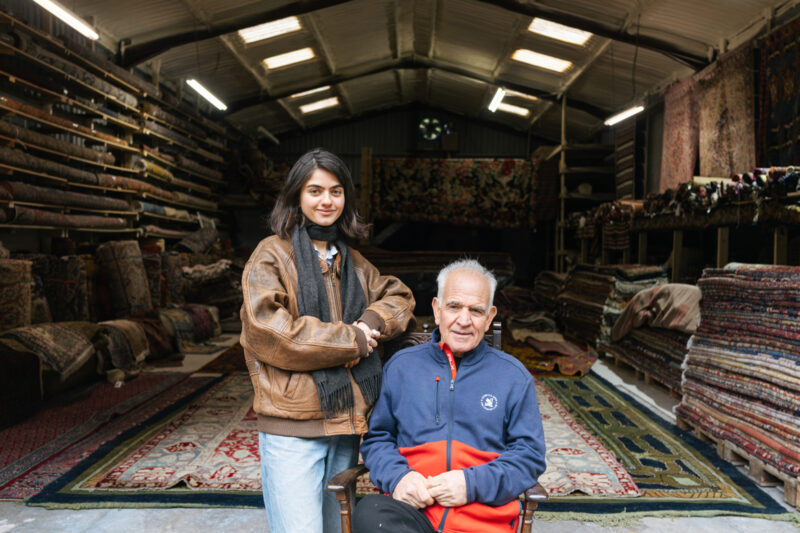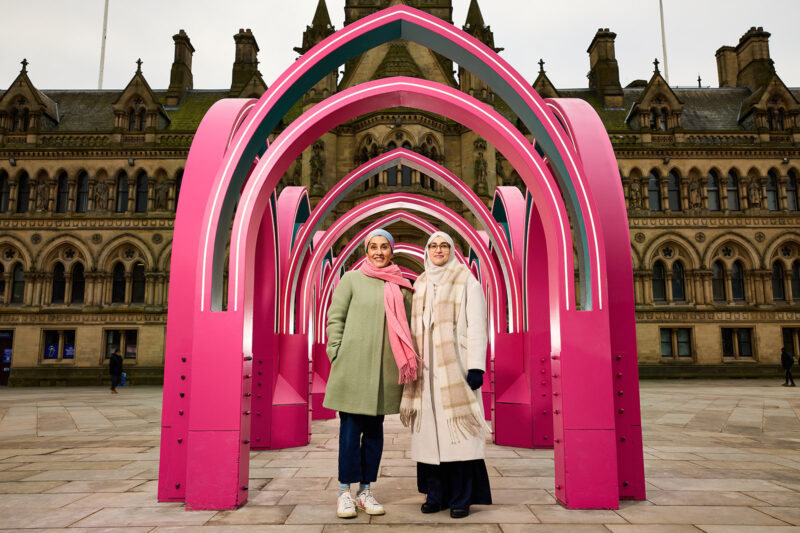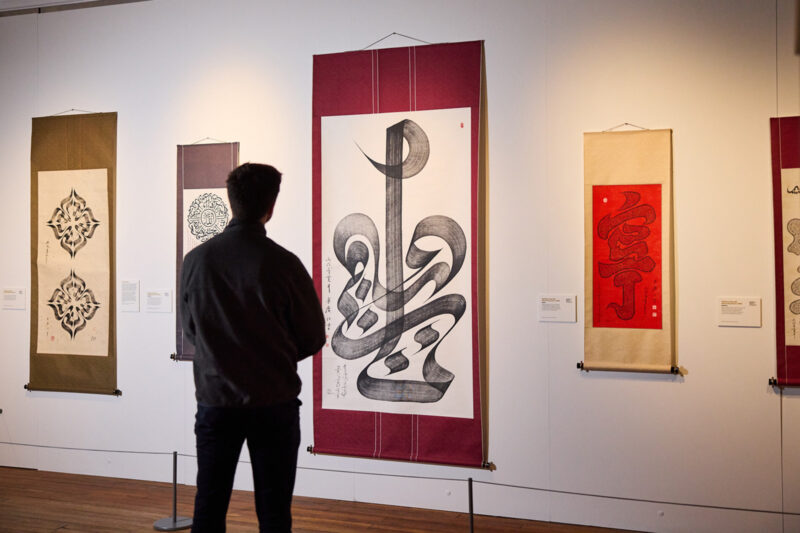Why the fashion world is filled with the fragrance of the Middle East
A new trend for scents from the Muslim world is being celebrated at an extraordinary new exhibition in Paris
–
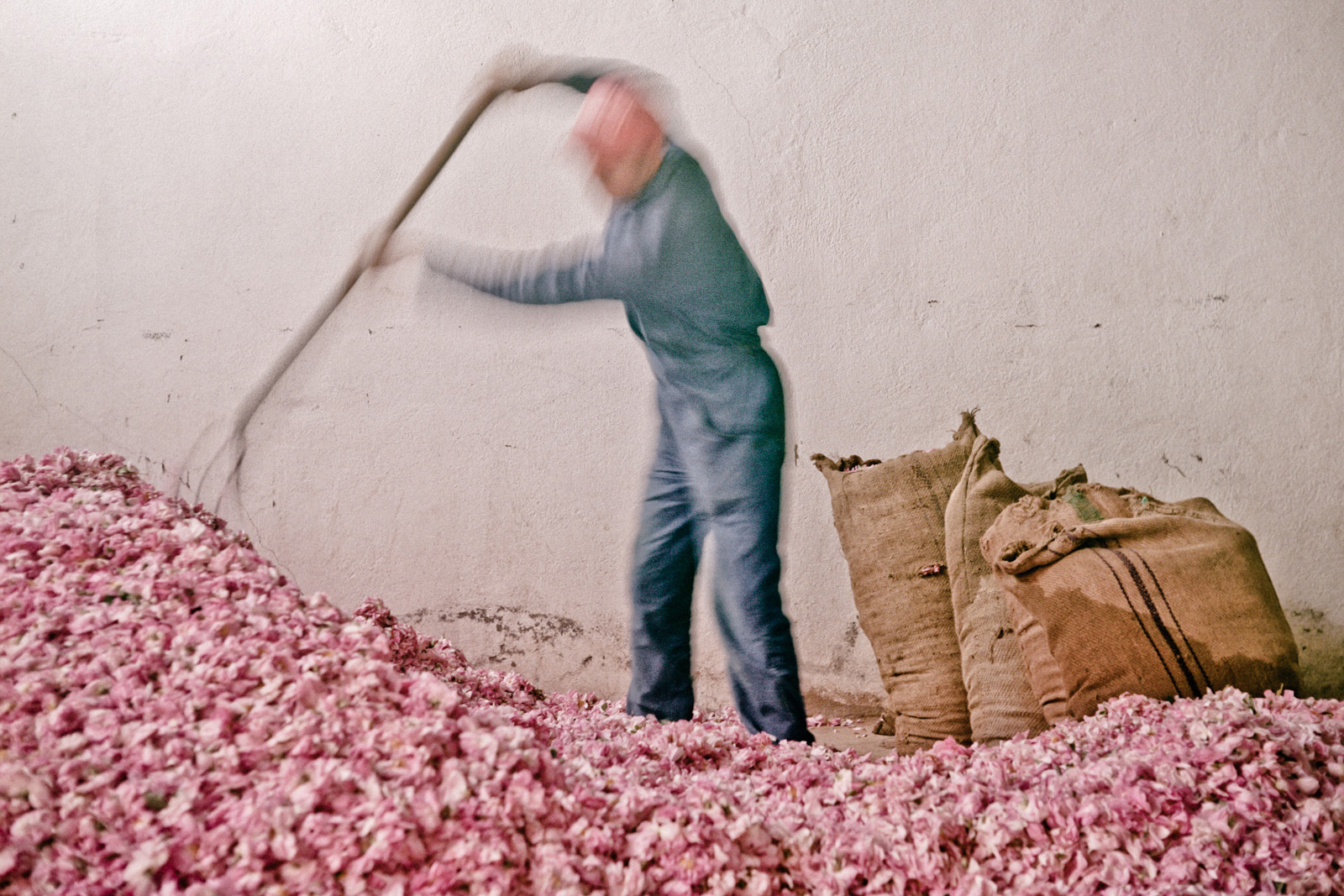
Luxurious natural perfumes that have fragranced the Middle East for millennia are staging a global takeover as big brands rediscover oud. Known as liquid gold, this opulent oil derived from aquilaria trees native to south-east Asia had fallen out of favour in Europe. But now, huge fashion houses from Tom Ford to Christian Dior are once again drawing from the long tradition of Persian and Arabian perfumers, blending oud with exotic essences including rose, musk and jasmine.
This renaissance in Middle Eastern perfume is being marked by an exhibition at the Institute du Monde Arabe (IMA) in Paris. Perfumes of the Orient offers an olfactory tour through the neighbourhoods of a Middle Eastern city, taking visitors through a souk, a hammam, a traditional home in which perfume is a vital element in the welcoming of guests and even taking a turn through the less pleasant odours of a sheepskin tanning district. It traces the art of perfume making from ancient Egypt and Mesopotamia to the modern day, using a variety of smells wafted through grills and bubbling oil flasks in a system created by high-profile British perfumer Christopher Sheldrake.
Agnès Carayon, co-curator of the exhibition, explains that the idea of highlighting the historical and cultural importance of perfume had been raised at IMA 30 years ago, but the sophisticated technology needed to deliver the scents to visitors emerged only in the past decade.
“We wanted to show the ancient history of perfumes in the Arab world and their profound role in the culture and everyday acts then and now, but make it relevant to today. We couldn’t have an exhibition centred on eastern perfumes without people being able to smell them. For us, this was as important as the works of art. It’s a new experience for visitors,” Carayon says.
“In the end, the timing was perfect, coming at a time of renewed interest in oud. It was also a way to show some of the beauty of the Islamic world and address some of the negativity and prejudices that sometimes surround it.”
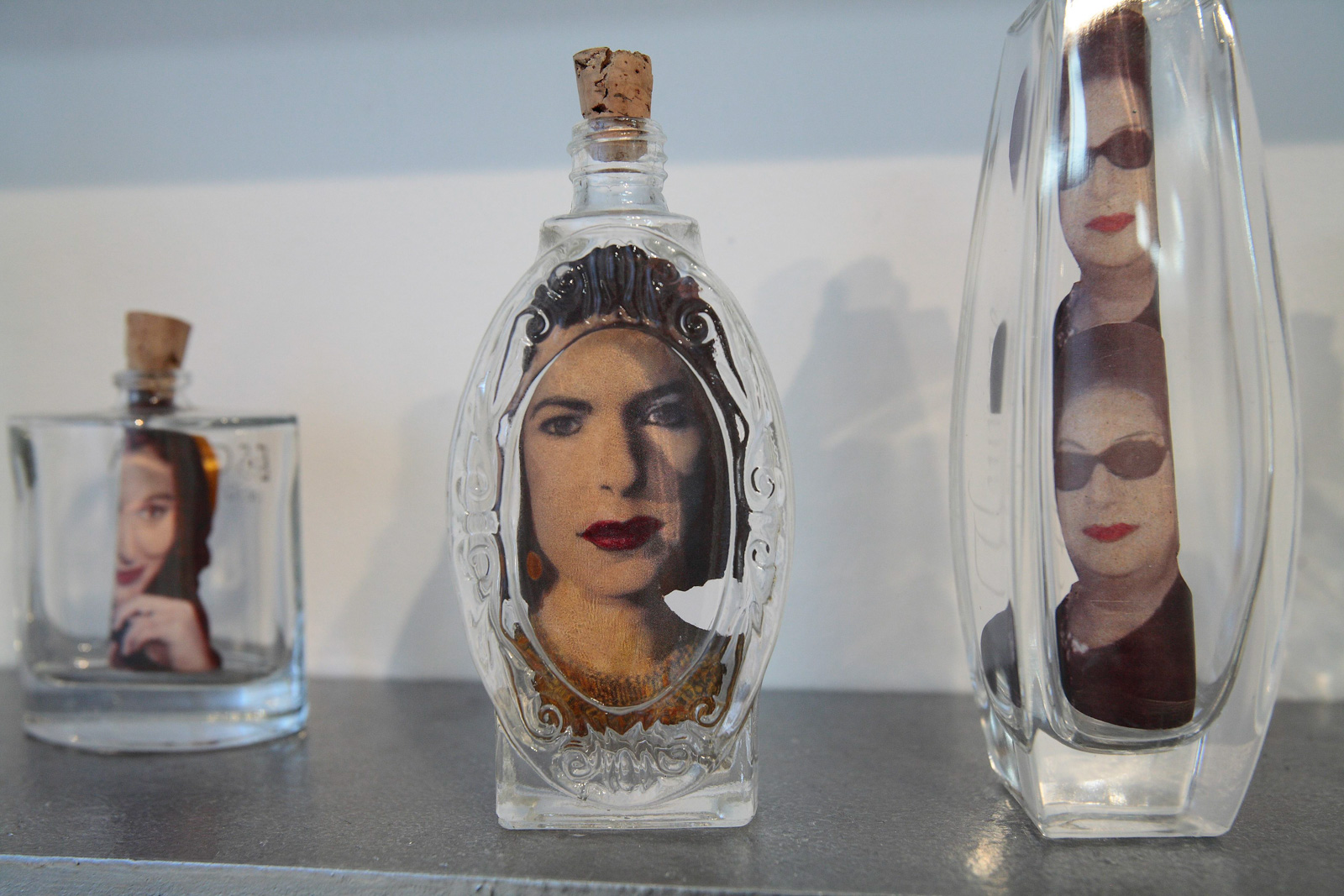
Among the exhibition highlights is a traditional wedding outfit — including a headdress, bodice and other finery — made from 7,000 jasmine buds woven together by Yemeni craftspeople. It is the work of Saudi artist Reem al-Nasser, 37, who was raised in the city of Abu’Arish in Jizan province, where her grandmother and mother produced traditional bridal wear. Al Nasser created the outfit just days before the exhibition opened, so the buds remained fresh.
Speaking from Jizan, she explains that her work is both a tribute to the traditional crafts and customs of her home but also a fragrant statement on the passage of time, marked by jasmine’s changing scent. “The jasmine goes through three different stages of smell from when it is fresh, medium fresh and dying. Each is very special, even the smell of the buds as they become dried.
I like to track the changes in my work as part of the concept of the passage of time, but the outfit is based on what my mother, grandmother and great-grandmother would have worn.
“The area where I grew up is surrounded by fragrant trees and the local women are all skilled in many different ways of making their own perfumes. In ancient times they would have been used in holy ceremonies and for healing. It’s an extremely important element of our traditions.”
Among the exhibition’s other contemporary works is a trompe-l’oeil floor created by the French artist Laurent Mareschal using fragrant herbs and spices — za’atar, sumac, turmeric, ginger and white pepper — laid out to resemble the mosaic tiles of a typical Palestinian home. Meanwhile, an installation titled The Perfumed Garden by Egyptian-born artist and historian Huda Lutfi depicts women trapped inside perfume bottles, evoking the restrictions placed on them by “socio-cultural conditioning in the masculine world”.
Perfumes of the Orient closes in Paris on 17 March, but the event will open in Riyadh, Saudi Arabia on 5 May and run until 14 September.
 Newsletter
Newsletter

